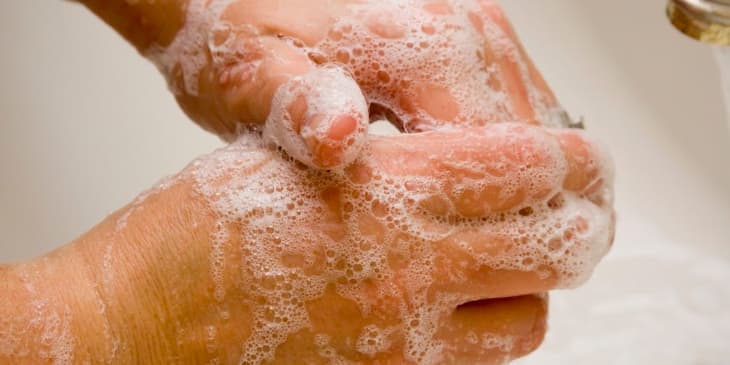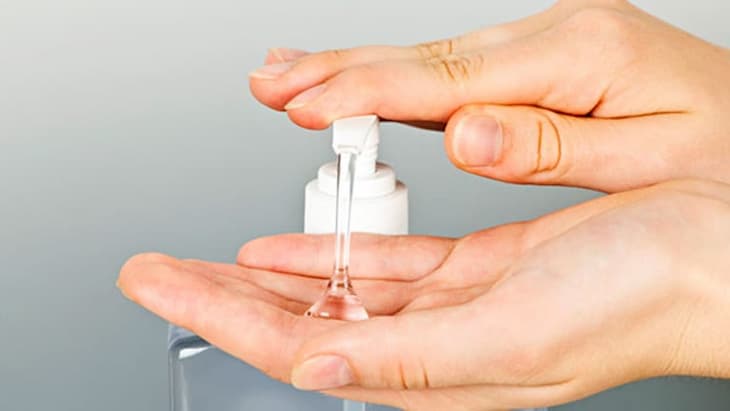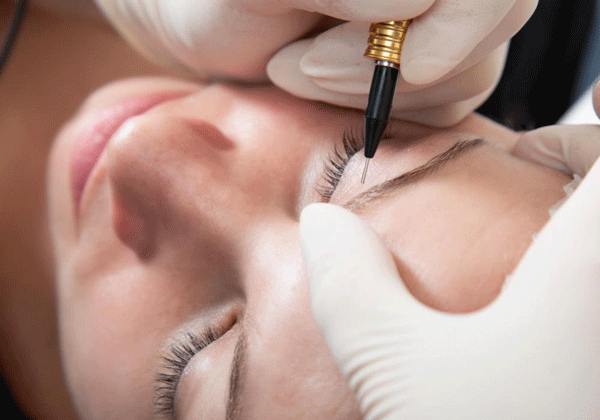Now that we’ve been paying attention to the way we wash our hands more then ever, there’s a new household dilemma. Is bar soap or liquid soap better? – As if the great toilet paper debate wasn’t enough (clearly, only a lunatic would believe the correct way is “under”!).
There are positives to both bar and liquid soap. Which option is better largely depends on personal preference, habits and overall lifestyle. Do you care about making sustainable choices? Do you have dry and sensitive skin? What option is the quickest and easiest to use when in a rush? And of course, you will also want to know which is more hygienic than the other. So, let’s get to it and settle this once and for all.

Source: Insider
Which Is More Hygienic?
You may be relieved to know that when cleanliness is concerned, there’s no real difference between both types of soap. And this shouldn’t come as any surprise considering how bar and liquid soap are both made of the same essential dirt-and-microorganism-busting ingredients – alkali salts, fatty acids and detergent. However, some people are worried that by rubbing our hands with bar soap, the bacteria and dirt on them can jump to the soap. But given that people have been using bar soap before the introduction of liquid soap (around the 1980s), this is unlikely to cause any problems.
Although it’s true that germs can live on the surface of bars of soap, this shouldn’t be anything to worry about. During the washing process, the germs on the soap aren’t able to transfer to your skin. And a study from 1988 has confirmed this. Scientists contaminated soap bars contaminated with 70 times the amount of bacteria normally found on soap bars in household settings. Then, they asked 16 people to wash their hands with the bars. After the evaluation, none had any traces of bacteria on their hands. But what about viruses? Well, a study from 2017 has found that bar soap is just as effective in removing viruses from people’s hands too.
Which Is Easier to Use?
Obviously, liquid soap speeds up the handwashing process as you only need to squeeze a little amount in your hands. On the other hand, you need to rub a soap bar longer in order to get the same amount of soap. However, how many times have you squeezed the dispenser and the liquid fell straight to the counter, missing your hand? So, now you need to take some time to clean up the counter too. When using bar soap stored in a dish there won’t be any soap residue ruining the look of your basin.

Source: TheStreet
But many people are discouraged from using bar soap as the thought of it makes them think of melting bars and puddles of water. But with the right soap dish, this doesn’t have to be the case? You can find some terrific soap dishes on the market that are designed to let a wet bar drain properly, keeping you and your bathroom counter happy. In addition, you can also use a soap dish for draining other items such as makeup sponges, toothbrush heads and face rollers.
Which is More Sustainable?
So, you’re trying to make as many sustainable choices as possible and wonder which type of soap aligns best with your goal? Well, according to a 2009 Swiss study, bar soaps are a lot more sustainable and eco-friendly than liquid soaps. Per wash, the carbon footprint of liquid soap is 25% greater than bar soaps. Then, there’s also the fact that liquid soap requires 5 times more energy to be produced and around 20 times more energy to be packaged compared to bar soaps. Plus, liquid soaps can only be packed in non-biodegradable containers whereas bar soaps can be wrapped in 100% biodegradable paper or cardboard.
Which Is Better for the Skin?
Like so many other products we use on our skin, there are advantages and disadvantages to both bar soap and liquid soap. One of the main complaints about bar soap is that it’s so good at cleaning the skin, that it often wash away more than just dirt. As using a soap bar requires more scrubbing, the natural oil on your skin can be washed away. And this can deplete your skin of the moisture it needs to remain soft and healthy. However, you can prevent this effect by choosing bar soaps containing glycerin. Liquid soaps, on the other hand, can contain moisturizers that hydrate the skin. However, these products are also more likely to have stronger fragrances and other chemical additives that can irritate sensitive skin.

Source: Savar
Which Looks Better in the Bathroom?
Besides being essential for keeping clean, soap is also a key element in any bathroom. When using your bathroom, your guests will come in direct contact with the soap, and this gives you the chance to make a good impression. Soap bars are available in all kinds of cute shapes and colours making them an unusual decorative touch. And with some types of bars, you can feel their scent throughout the air, doubling as an air-freshener for your bathroom. So, as far as I’m concerned, soap bars are a more attractive addition to a bathroom space. Plus, when combined with a sleek soap dish – bar soap makes quite the decorative feature.





















